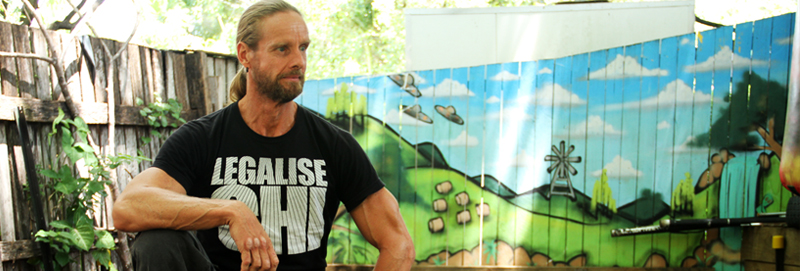34 yo MALE “X” 12 WEEK PROGRAM (TWICE)
- MOTIVATING REASONS FOR PRESENTATION
Mandated Client. Drug Diversion Program. X was presented for treatment by family members on the advices of legal representation, against his wishes, exhibiting denial of problematic substance using behaviours and a lack of appropriate understanding as to the seriousness of outstanding forensic matters relating to alleged violent behaviour. X self reported chronic lack of restful sleep, some pre-existent back and neck pain, prolonged and excessive central nervous system stimulation via meth-amphetamine use, steadily escalating over the last 3 years. X “energy” levels are self reported as very low (1/10), as his willingness to engage in treatment.
2. SUMMARY OF KEY ISSUES IDENTIFIED FROM INITIAL ASSESSMENT
Daily consumption of meth amphetamine reported over the past year. Occasional or recreational usage reported for a wide variety of substances (Cocaine, LSD, MDMA, XTC) concurrently drinking with daily consumption noted and regular weekend binges with risk to high risk category behaviour reported. X smokes 20 cigarettes daily. X was employed full time on his families agri-business, dominated by manual labour. Exposure to harmful chemicals reported (herbicides/pesticides). X has 2 young children and is estranged from his former wife. Low modal affect noted (depression), his dietary intake is noted as reasonably poor (high levels of processed food consumed). X has endured migraine style headaches, escalating in nature over the past year with poor circulation observed.
3. TREATMENT PLAN AND IMPLEMENTATION
Immediate treatment for the detoxification of long term substance use implemented. Regular scheduled acupuncture (every second day), Chinese Medicinal Herbs (prescribed for twice daily consumption) and Naturopathic remedies (taken daily) prescribed, along with complete rest ordered. Bodywork in the form of remedial and deep tissue massage scheduled every other day. X reluctance to engage and a lack of willingness to “look inward” are the biggest impediments to a “resolved” recovery. At this stage a significant break to problematic substance using behaviour is therapeutically indicated.
4. POST-TREATMENT CLIENT FEEDBACK
It took X one return efforts to become the resolved man that he is today. X currently reports good overall health with restful sleeping patterns, good appetite, good digestion and no headaches. Forensic matters are an issue of the past as is his problematic substance using behaviour. Steps toward a better relationship with his ex-wife are underway, he is employed full time and remains abstinent to this day. Slow and steady wins the race.




